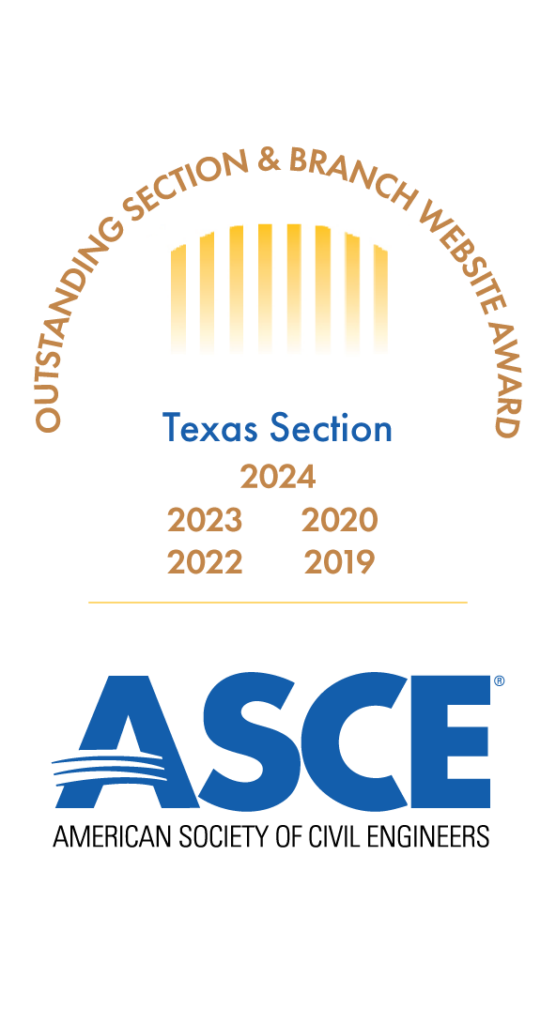A message from ASCE Texas Section President Travis N. Attanasio PE, CFM
April 2023

ASCE Texas Section President 2022-2023
How many stars are in the Milky Way?
An engineer’s mind is often distracted. For instance, I sat down to write this President’s message and found myself in a severe case of writer’s block, but as I was trying to think of a great and powerful statement to put out there, the only thing I could remember was a “fact” that I just read: “If every star in the Milky Way was a grain of salt, they would fill an Olympic-sized swimming pool.” This lead me to now wonder how many stars are in the Milky Way (an easy Google search would tell me), but no, I needed to calculate it.. . . how many stars are in the Milky Way . . .
Let’s assume that the particles are 0.25 mm (fairly fine salt), and that they are roughly cubic. If we line up an array of them in 3 dimensions, that would mean 40 x 40 x 40 particles for each cm. Meaning 64,000 of them in a cubic cm. Now, consider that a cubic meter of those little grains is 64,000,000,000. An Olympic swimming pool is 2,300 cubic meters of water so there are 147.2 trillion stars in the Milky Way. There, answer done—turn it in for review. That answer is wrong though. According to NASA, there are 100 billion stars in the Milky Way on the low-end and 400 billion on the high end.
The point of all of this is to always “fact check” a “fact,” or become really good at being quick with your mental comebacks. If someone were to prove your “fact” wrong, as I did above, you say…”I didn’t say how much of the Olympic size pool….
What “facts” have you been able to prove wrong? Email them to [email protected] and we can share them with the Section at a later date! If you would rather share them in person be sure to catch me at one of the following events:
April 3-4, 2023 – ASCE Texas Section Legislative Drive-In (Austin, Texas)
April 12-15, 2023 – ASCE Region 6 Student Symposium (Amarillo/Canyon, TX) hosted by West Texas A&M University and Texas Tech University.
July 21-23, 2023 – Leadership Development Weekend (San Antonio, TX)
September 20-22, 2023 – CECON 2023, “The Future is Now” (San Marcos, TX)
Travis N. Attanasio PE, CFM, M.ASCE
2023 ASCE Texas Section President


